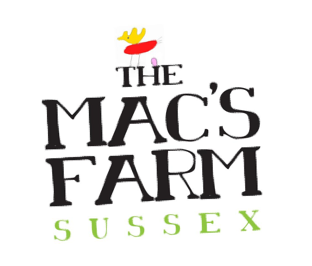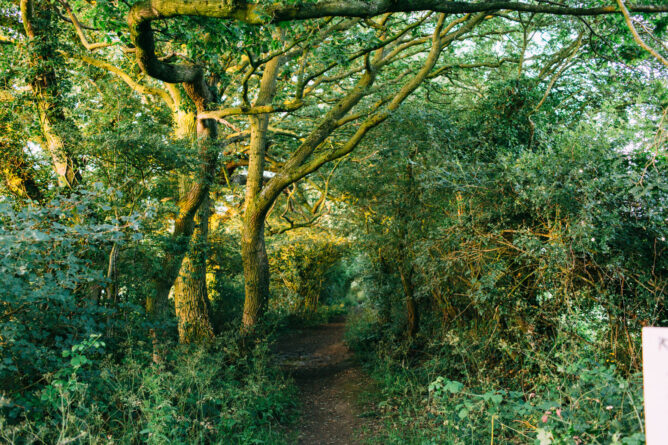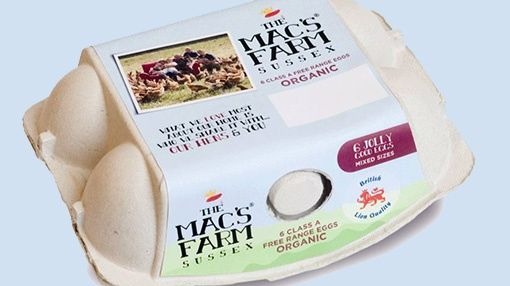It's Spring time on the farm...
Spring is one of our favourite times of year on the farm, it really starts to come alive with tens of thousands of species of local wildlife emerging from a winter slumber. Throughout the next few months our fields will see many colour changes as they become peppered with different species of wildflowers. Bursts of yellows, whites, purples, and blues slowly bloom within the long swaying grasslands.
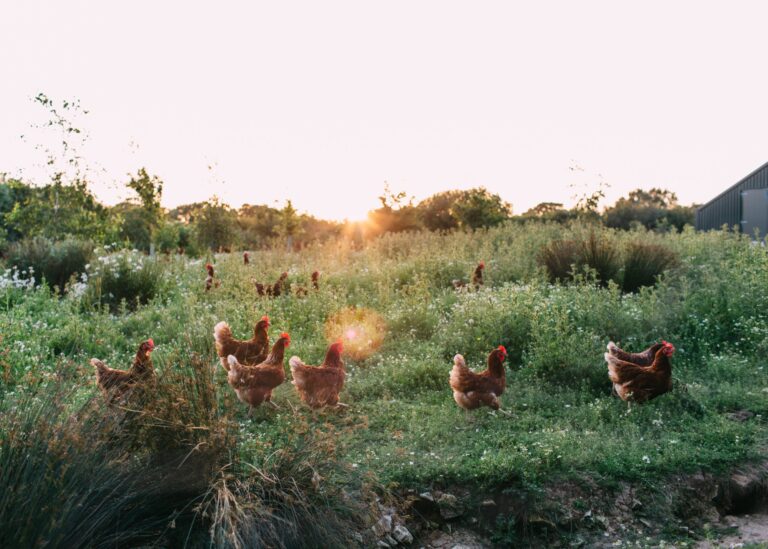
We are so grateful to share our farm with so much incredible wildlife, being an Organic farm, we see the importance of biodiversity every day, the natural web of balance between species working in unison to support life. This is why we farm alongside nature rather than against it, organic farming is not the hippy trippy trend it was made out to be a few years back, but actually the oldest, and simplest way to manage the land.
To tell you a secret, it manages itself!
By law, many farms are subject to regular inspections from various auditors focusing on all aspects of farming, one including rodent control. Farms are inspected and are encouraged to use highly poisonous baits to ensure that rodents are controlled effectively. This comes with huge risks but nature already has a very effective natural control method. Birds of prey! In 2019 the Barn Owls trust found that 87% of deceased Barn Owls tested were contaminated with Anticoagulant Rodenticides.
We much prefer to deal with rodent populations the natural way, Daily predators such as Owls, buzzards, Herons, and kestrels stalk the land and feed on rodents, in turn keeping the balance. This can be evidenced from the many Owl pellets we find around the farm. Owl pellets are indigestible parts of an owl’s diet that they regurgitate up, similar to a cat with a hair ball. By dissecting these fuzzy balls, we can find out what our owls are eating.
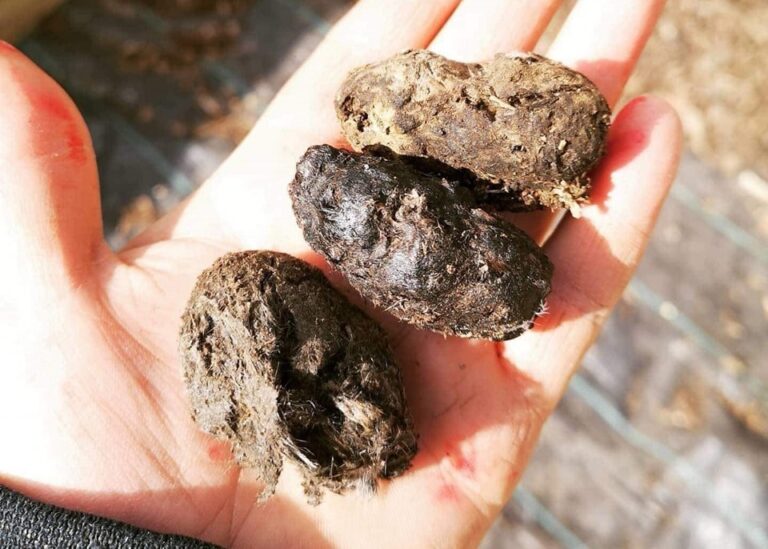
2 years ago (2023) we were contacted by a local ecology group who needed to relocate a large number of native reptiles from a Sussex site, this wild and natural site is now a large-scale garden centre. The animals inhabiting the land needed to be removed safely and relocated,These animals included – Common Lizards – 33 adult males, 41 adult females, 23 sub-adults and 32 Juveniles (129 total), Slow worms – 55 adult males, 116 adult females, 123 sub-adults and 110 juveniles (401 total). Grass snakes – 3 sub adults and 1 juvenile (4 total).
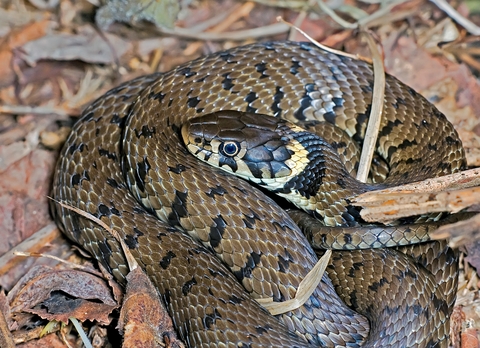
We felt our farm was the perfect place for them to come. The habitats we have created over the years make ideal living quarters for these creatures. These animals were released next to our Reptile hibernation station, or Hibernaculum if you want to be fancy!
A few years back this area was a very small wildlife pond (approx.3ft squared) a place for wild birds to drink and wash, but sadly the liner failed, and the water
drained. Instead of investing in a new pond liner we opted to create a hibernaculum, it was incredibly easy. We added fallen leaves from around the farm to create a natural damp base, then added old ceramic pots and pipes. We then covered this with another layer of fallen leaves after topping it with dead wood from the branches that had fallen from many of the large tree species around the farm. Laying on the branches are old tiles from the farmhouse that gain heat when sat in the sun. One year on and during the summer this area is thriving with life, in winter we can be assured the reptiles are safe, seeking refuge in the pots and pipes below the ground. If the conditions are right, you may be able to catch a glimpse of the Reptiles basking on the tiles during the summer.
As I have mentioned we have many birds of prey here on the farm. Our favourites being the Owls. We have 3 species of Owl now successfully breeding here. Barn Owls, Tawny Owls, and Little Owls. Our campsites are not only named after the owls who inhabit the farm but also have been designed with our owls hunting behaviours in mind- leaving large areas of land completely untouched and with many of the camping fields left for the grass to grow long.
Most owls are nocturnal making them illusive by nature, but we are lucky enough to experience regular sightings of these animals throughout the year, although they still manage to take our breath away every time.
The Barn owls are silent hunters, making zero sound when on the wing but are surprisingly noisy in their box at night. Take a walk past the old chook shed on an evening and you will hear an earie heavy breathing – don’t worry this isn’t a monster, but the young barn owls calling their mother for food. You may see mum as a white flash as she glides back with their meal.
The Little owls are the most sighted Owl on the farm, due to this species being diurnal and hunting during the day. Little owls stand at a max 20cm tall and hunt in short grasses and lawns, our little owl field is mowed to maintain these small but stern animals hunting grounds.
Tawny owls are rarely seen but often heard at certain times of the year, their call is the generic Owl sound we are all taught when we are children – ‘Twit Twoo’.
But did you know that this is actually 2 separate owls talking to each other?!
It is most likely a male answering a female. Female – ‘Twit’, Male – ‘Twoo’.
The UK’s tawny owl population is estimated to have fallen by more than a third since the 1970s. Exactly why the species is declining is unclear, but a loss of woodland habitat and suitable trees for nesting are likely factors. Due to this, over the last 5 years, we as a farm, have planted over 12000 native species of tree here on the farm.
We continue to work to better our farm for local wildlife, create more habitats and continue to educate visitors on the importance of biodiversity. Join us for one of our many wildlife activities or nature walks this summer!
Love The Macs x
